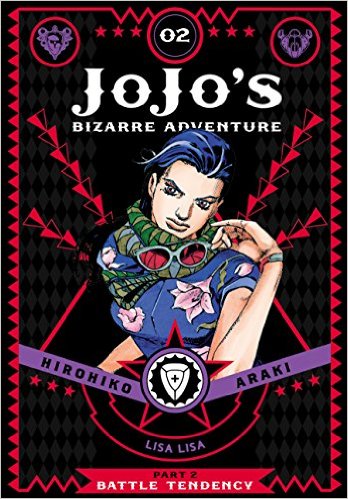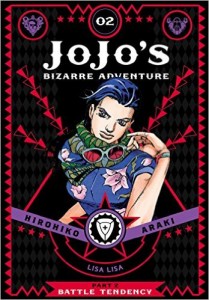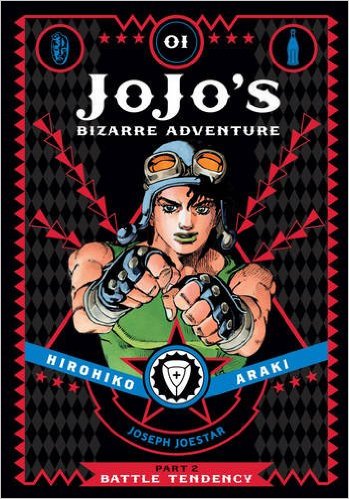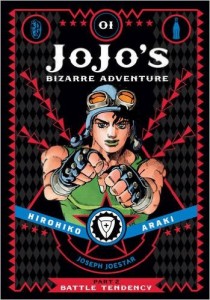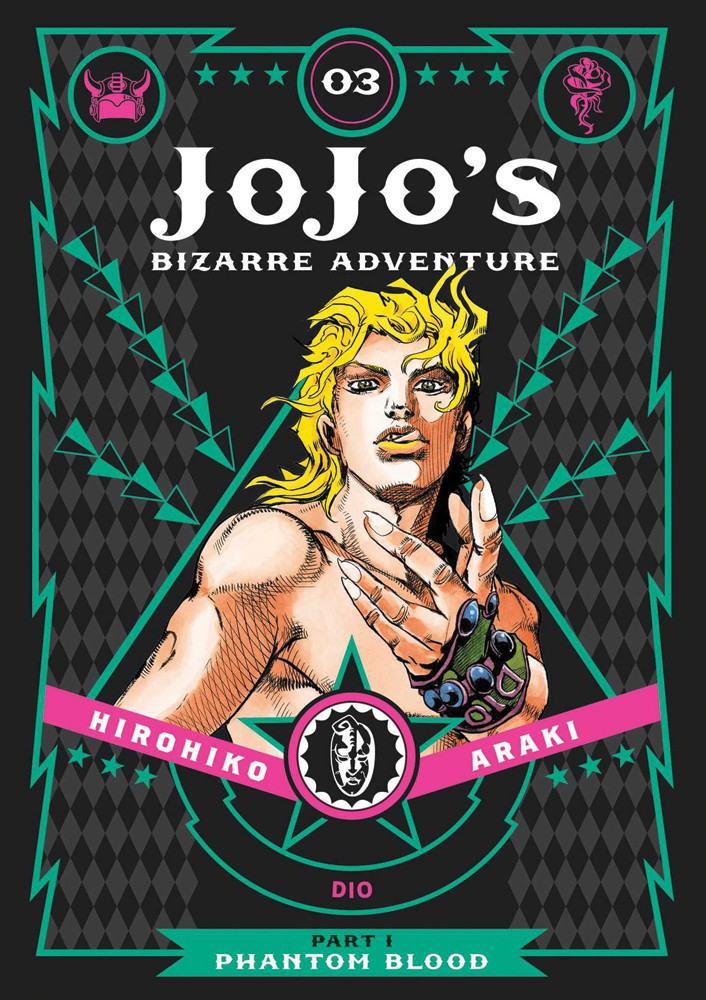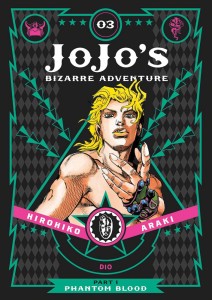By Hirohiko Araki. Released in Japan as “Jojo no Kimyou na Bouken” by Shueisha, serialized in the magazine Weekly Shonen Jump. Released in North America by Viz Media.
Because everything is so ridiculous all the time, it can sometimes be hard to remember how influential JoJo really was on the Weekly Shonen Jump era. Yes, JoJo has its predecessors as well – we’ve seen sink-or-swim training since the dawn of time – but most of the story and fight beats here are something you’d see in your average One Piece or Bleach. Indeed, I have to wonder if Aizen decided to carry out his evil plan after reading “It as me, Dio!” a few too many times. That said, One Piece and Bleach may go over the top a lot but they still can’t touch JoJo, where every single page is a dramatically shouted moment, and even the evil Nazis have retirony moments.
Joseph also needs his Speedwagon-esque sidekick, of course (made somewhat odd by Speedwagon actually being there at the start), and for that we have Caesar Zeppeli, who starts off as a typical Italian lothario who does not like Joseph at all, but they quickly bond when they have to battle the ancient villains who are trying to regain power or somesuch. There is a plot going on throughout the book, but it comes secondary at all times to the ridiculous poses, dialogue, and characters. Speaking of which, I was quite happy to see that Joseph and Caesar’s training mentor is female – Lisa Lisa, a young woman who does not let herself get lost in emotion (see what I did there?) when it comes to honing the pair’s hamon skills. I hope she survives, as she’s very cool.
There are still some moments of drama and horror – we’re near the start of World War II, so there’s a lot of Nazis running around, and they get the majority of the corpses in this volume. Mark, JoJo and Caesar’s young driver, is quickly marked for death the moment he shows us a locket with his girlfriend in it, and saying he’s about to propose is just icing on the cake. And a whole bunch of Nazis get their life energy drained out of them in a rather unsettling sequence. I would argue that the Nazi villains are perhaps not being treated as seriously as they should be, but that would imply that JoJo’s Bizarre Adventure should treat something seriously, and I can’t really get behind that.
The majority of the last half is taken up by JoJo battling one of the major villains, Esidisi (yeah, it went there. We also got Loggins and Messina in this volume as well), which shows off JoJo’s quick thinking and rashness. The best moment of the whole volume may be when JoJo’s trademark “you’re about to say this” schtick is used against him, a fact that I think wounds him more than any physical pain. In any case, this is just as overblown, manly and ridiculous as ever, and if you like Jump Manga you should enjoy it immensely.
